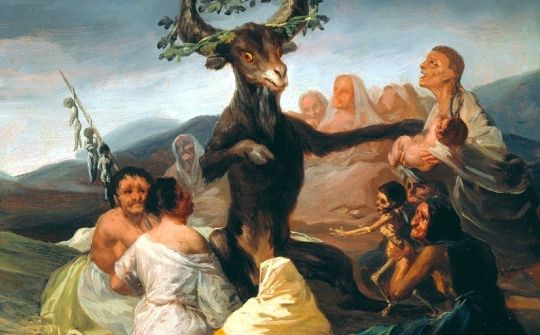The witch-hunt in Catalonia: one of the earliest and deadliest in Europe
Over a thousand people were sentenced for witchcraft, and calls to revisit their stories are growing louder

On February 19, 1620, Elisabet Cerdà was escorted out of jail and presented before local authorities in Castellterçol, a tiny village in central Catalonia, about a two-day journey from Barcelona by foot. As the cross-examination began, she was asked if she knew why she was there.
"I was arrested because some people say I’m a witch, which is a lie," she responded.
According to the trial’s minutes, Cerdà, who was fifty years old and a widow, went on to recall how she had run away from her family farmhouse after being warned that a crowd was coming after her. When they found her, hiding by a stream in the forest, she was stoned and taken into custody by the mayor of a nearby village.
Cerdà was accused of renouncing God and the Virgin Mary, adoring the devil and having sexual dealings with him, gathering with fellow witches in remote places to cause storms and bring hail to damage the harvest, and of poisoning cattle and children with malefic substances.
She denied all accusations. A few days later, under the threat of torture, she admitted all the charges against her. She was convicted and sentenced to death at the gallows.
Over a thousand victims
Cerdà’s story is hardly unique - it is estimated that over one thousand people, mostly women, were prosecuted and sentenced for witchcraft in Catalonia between the 15th and the 18th century, more than any other territory in the Iberian peninsula.
The historian Pau Castell has thoroughly researched the witch hunts in Catalonia, which he describes as distinct both for their intensity, and for how early they started.
The first legal statute against the crime of witchcraft ever passed in Europe was found in the Catalan Pyrenees, in the valley of Áneu, in 1424, and shortly after it was used to prosecute people.